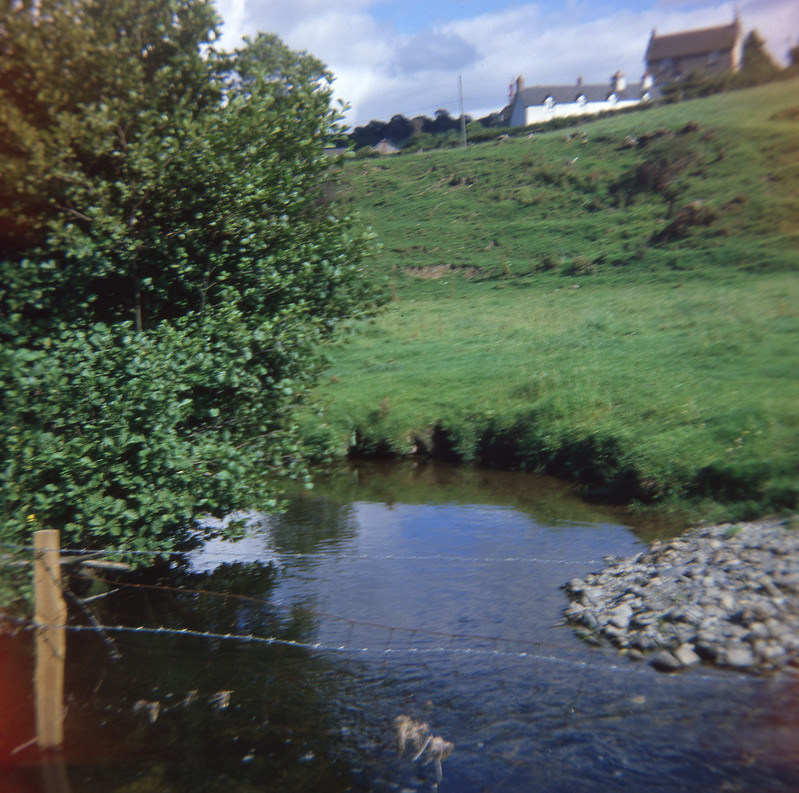It depends how you measure best. If I have a complaint to level at Fuji it wouldn't be that they correct lens issues, use interpretations of ISO, colour balance and filter arrays that others don't. All that's fair game. My issue would be the obfuscation and extreme marketing speak that at times has looked like straying into falsehood. IMO. Fuji aren't alone in this of course and other manufacturers have sailed close to the divide between marketing banter between manufacturers and deliberate misrepresentation or falsehood.
On the specific lens correction issue sometimes I apply corrections in adobe CS5 and often I don't as the uncorrected image may be more characterful or even more pleasing. What I would like to see is manufacturers including the ability to turn lens and other corrections (heavy noise reduction for example) "off" or as close to that as practically possible rather than sneaking things in which can't be turned truly off or anything like off.
I have seen very little of Fujis marketing material... nor anyone else's come to that. I prefer to look at the detailed specifications, and always read the handbooks (on line) of any prospective purchases. I also read the test reports from authors that I trust. And as I am never a first user I have the opportunity of reading real life users comments and any problems that have come to light. Fuji is famous for its colour interpretations, and they are extremely well liked. however if you process from raw you have the option of using Photoshop standard colour, if that is what you prefer. If you do not like the filter array do not buy Fuji. but for me that is one of it strong points.
The colour we see on either X Trans or Bayer filter arrays, are not what is directly captured, as algorithms must be used to re assign the 6X6 pixel arrays into arrays that have a unique calculated hue and brightness at each pixel site. (demosaicing) This also involves the interpretation of all detail contained within that 6x6 matrix. While not all vertical or horizontal lines in a Bayer filter array contain a blue and red pixels, they do do so in an X trans sensor. this and the slightly more random nature of an X Trans sensor array reduces the need for a low pass filter.
However the demosaicing of of an X trans array is more resource intensive, so rewires a more powerful processor.
The residual aberrations corrected within in firmware such as fringing and vignetting. are largely changes to the numerical values of these particular pixels and have no visible affect on subject detail. and can be very accurately determined.
The geometric residual aberrations concerning flatness of field and Barrell and Pincushion distortion do affect the drawing of the image. but again have precise values that restore the incorrect drawing of the lens to a close relationship to reality.
As none of the pixels that are moved in this process are in any sense themselves real, ( they were approximated in the demosaicing process) There is no discernible loss of quality.
Nothing in a digital image is other than an approximation. detail finer than a 6x6 matrix has all been recalculated approximated and redrawn. Pixel peeping is in reality absurd, as it is looking at the unreal.
An interesting little program PTLens can correct otherwise uncorrected lens almost perfectly compared to photoshop and the like, it is based on the original math of Helmut Dersch
You can find it and see it in action here
https://www.epaperpress.com/ptlens/example.html.
You can even supply samples of your own unlisted lens to him and he will do the calculations and add it to the list. I did one many years ago for the early Minolta G600





